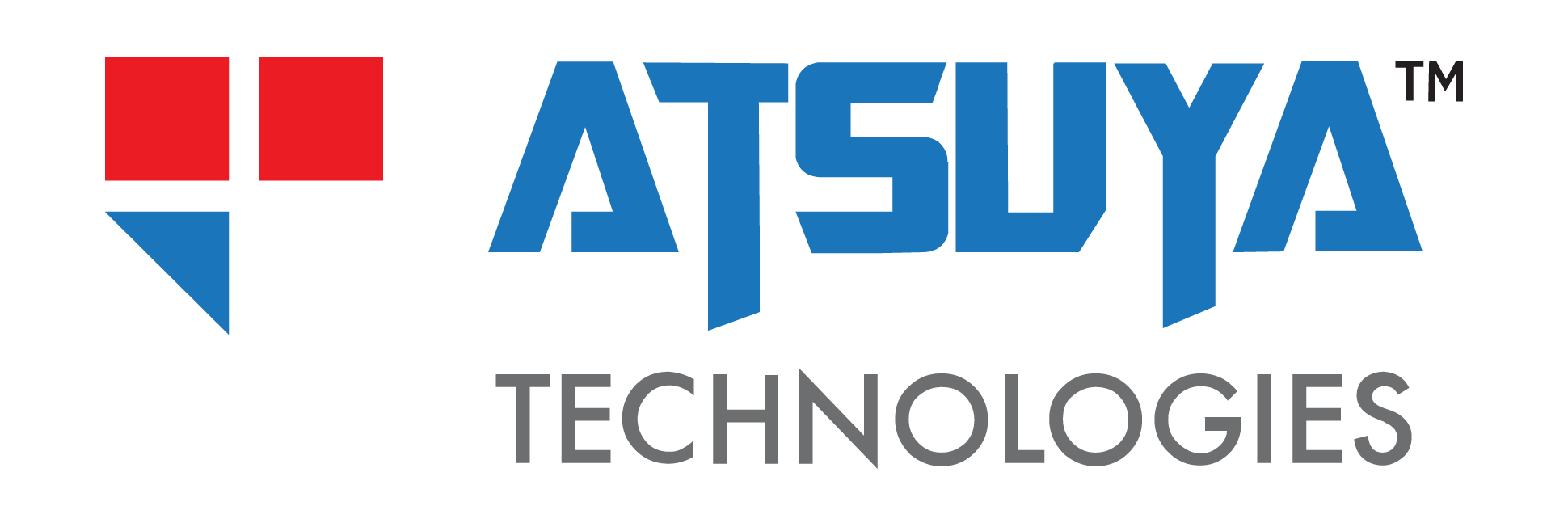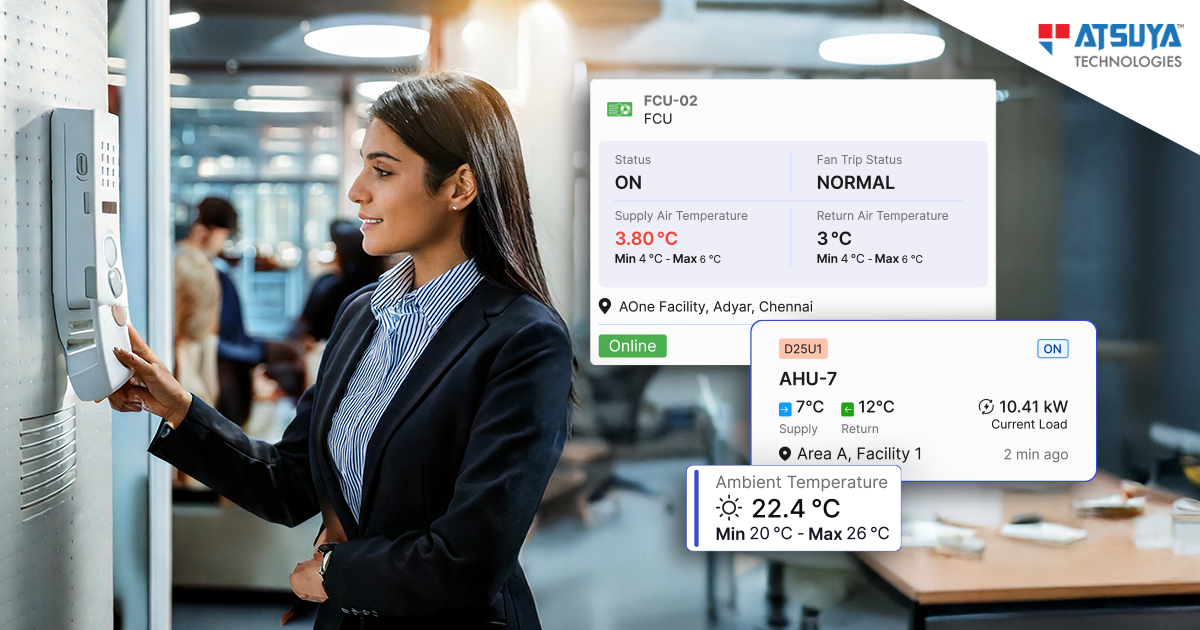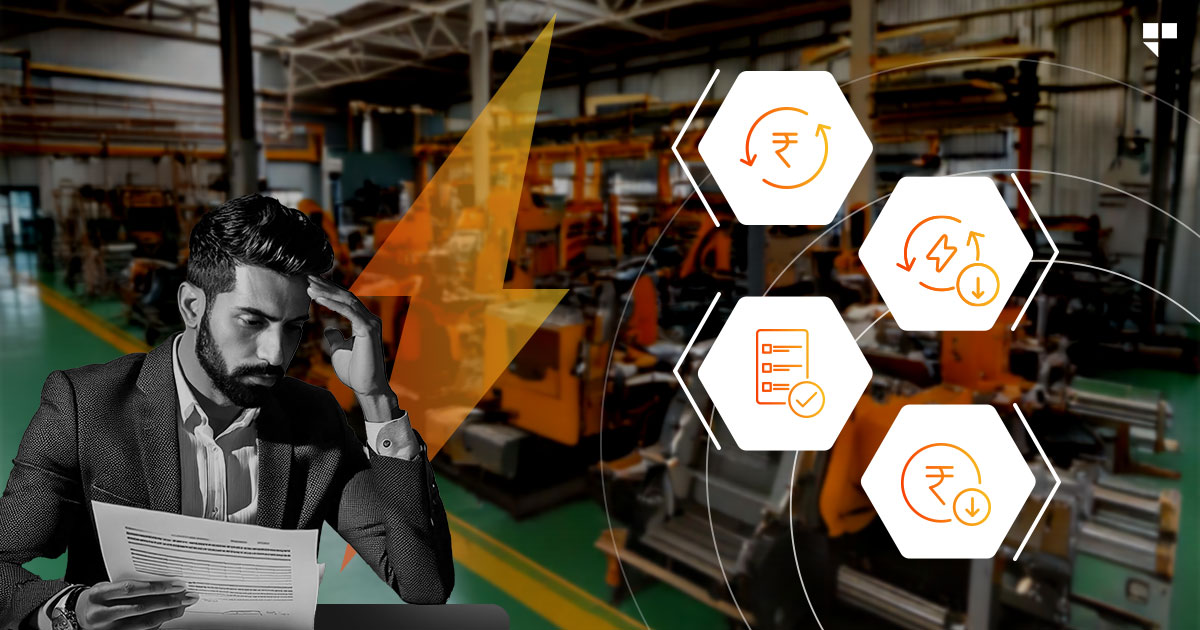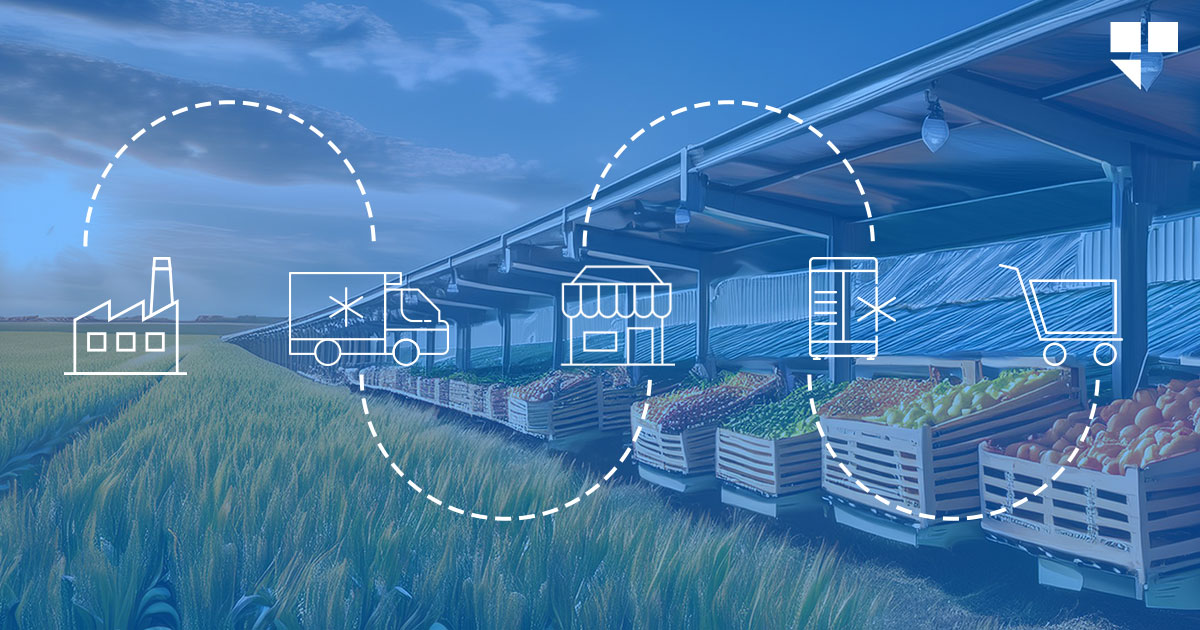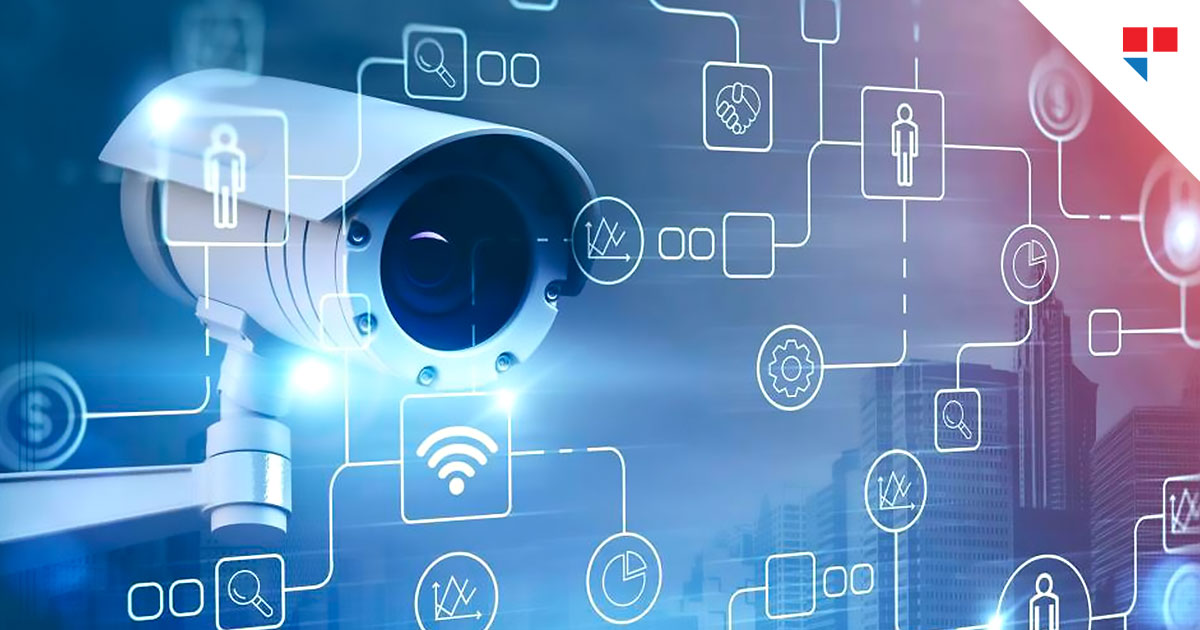
CCTV – the term simply denotes surveillance cameras, which explains its intended usage. This was the case until the recent eruption of the era of vision intelligence. While vision intelligence may seem quite easy to interpret on the surface level, when delved deeper, it is an ocean of fascinating techniques that translate human beings’ vision intelligence into machine vision intelligence with just as much boastful accuracy and precision. Although the possibility of achieving this translation was published as early as 1943 (by neurophysiologist Warren McCulloch and mathematician Walter Pitts), it has taken about 80 years for us to experience and be amused by the capabilities of such intelligence.
While businesses are largely focusing on leveraging technology to rapidly infuse robustness and efficiency for better profitability, basic digitisation and automation with respect to operational activities have become standard starter kits today. Investing money in buying such tools and services is more a convenience than a necessity to keep up with the constantly evolving business landscape.
For example, the most recent AI tool that took the world by storm, Chat GPT, is pushing businesses to encourage the use of Large Language Models (LLMs) to increase productivity in the marketing and product management verticals and focus employee energy on tasks that necessarily need manual effort. Similarly, video analytics is a solution that goes beyond just surveillance. It can be quite daunting to acknowledge the presence of all capabilities and be unaware of which to leverage for what purpose. Therefore, business owners must first understand the needs of their business and the way these tools or solutions work before choosing the right one.
This blog will discuss how video analytics can support various aspects of business and help with different strategies that may be involved.
Video analytics can be applied to almost any business as a strategic tool to drive growth directly and indirectly. Consider the following strategies.
Growth-based strategy
Let us consider a simple example of a vehicle refueling station. The business owner here deals with a large volume of customers who come and go at their convenience to fuel their vehicles. This business can use video analytics to improve customer experience, and thus customer loyalty. This, in turn, improves market share and revenue growth. The solution here is quite simple. The existing live CCTV feed can be used to detect vehicle registration numbers and thus identify repeat customers to conduct loyalty programs.
Competitive Strategy
Businesses can take a number of unique approaches to gain sustainable competitive advantage. There are multiple ways in which video analytics can be used for the same. For example, in a shopping mall or a hypermarket, based on customer dwell time, a business can redefine its inventory stacking to enable a better shopping experience. This ensures that the customers keep returning for an easy shopping experience.
Functional Strategy
Organisations can utilise video analytics to drive KPIs for individual business units that align with larger corporate goals in terms of cost reduction. For example, periodic safety and compliance audits can be automated through video analytics and thus reduce the time, effort, and cost incurred on such laborious activities.
Operational strategy
Operational strategies are more functional in nature. However, these strategies directly add value to the business in terms of customer satisfaction and customer experience. For example, a restaurant can employ video analytics to promptly notify the staff to clean the table once a customer has finished his/her meal and left the restaurant. Or the failure to clean within a timeframe may be notified again to ensure the tables are clean before the next customer arrives.
Right from retail outlets to hospitals, there are several use cases applicable across verticals that can help drive safety, compliance, and business growth. It may be easier even to achieve the influx of vision intelligence into your business initially at a single facility. But the difficult aspect of it is to consider the business as a whole and derive comparative metrics from a network of your facilities that are relevant to the strategy that you wish to employ. Benchmarking based on the correlated events as detected by the video analytics systems will provide definitive results.
Be it nurturing customer loyalty, gaining a competitive edge, or streamlining operations, video analytics is undeniably one of the most powerful drivers of growth in the business ecosystem today. Businesses need to embrace the power of vision intelligence to achieve strategic excellence in the dynamic future.
